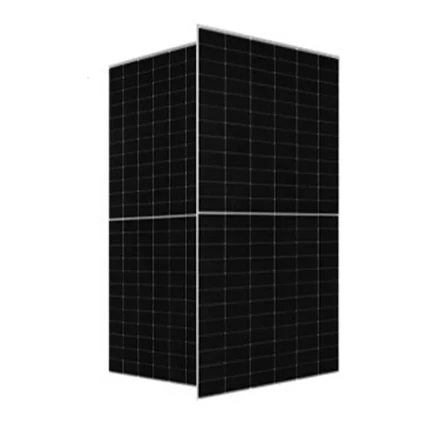maximum theoretical efficiency of solar panels
Maximum Theoretical Efficiency of Solar Panels
Solar energy has emerged as a pivotal player in the pursuit of sustainable energy solutions. With the ongoing climate crisis and the depletion of fossil fuels, the transition to renewable energy sources is not just desirable but imperative. Among the most promising renewable technologies is solar energy, harnessed through solar panels. The efficiency of these panels is crucial, as it directly affects their performance and the adoption of solar technology at a larger scale. Understanding the maximum theoretical efficiency of solar panels provides insight into both their current limitations and future possibilities.
The efficiency of a solar panel pertains to its ability to convert sunlight into usable electricity. This is expressed as a percentage, representing the ratio of the electrical output to the incident solar energy. The maximum theoretical efficiency, in a purely ideal scenario, hints at the upper limit of performance for a solar cell. This metric is critical in evaluating the advancements made in photovoltaic technology and in setting realistic goals for future innovations.
The Shockley-Queisser limit is a well-known benchmark in this domain. It dictates that the maximum theoretical efficiency of a single-junction solar cell, which is the most basic form of solar cell architecture, is approximately 33.7% under standard sunlight conditions. This limit arises from the balance between the photogenerated charge carriers – electrons and holes – and the various losses experienced during the energy conversion process, including thermal and recombination losses.
One of the primary reasons for the Shockley-Queisser limit is the bandgap of the semiconductor material used in solar cells. The bandgap determines the spectrum of light that can be absorbed and converted into electricity. If the bandgap is too low, excess energy from absorbed photons is lost as heat; if it is too high, the solar cell cannot absorb enough of the sunlight spectrum. Thus, optimizing the bandgap is essential for maximizing efficiency. Researchers are continually experimenting with different materials to achieve an optimal balance.
maximum theoretical efficiency of solar panels

Multijunction solar cells represent a significant advancement in solar technology. These cells stack multiple layers of solar materials, each designed to absorb different segments of the solar spectrum. This configuration effectively bypasses the limitations set by the Shockley-Queisser limit for single-junction cells, allowing for theoretical efficiencies upwards of 45%. These cells have already seen success in specialized applications, such as space technology, where their high performance justifies their cost.
Moreover, advancements in materials science have spurred the development of new technologies such as perovskite solar cells. These new materials have demonstrated impressive efficiencies in laboratory settings, reaching beyond 25% and showing potential for further improvement. Perovskite solar cells are particularly appealing due to their lower production costs and simpler manufacturing processes compared to traditional silicon solar cells.
While theoretical limits provide an optimistic benchmark, real-world applications often face additional challenges that affect overall efficiency. Factors such as shading, dirt accumulation, extreme temperatures, and the angle of installation can significantly reduce the effective output of solar panels. Hence, ongoing research is focused not only on enhancing the materials and design of solar cells but also on improving system performance through smart technologies and better grid integration.
As the demand for renewable energy continues to surge, the implications of improving solar panel efficiency are profound. Higher efficiency solar panels mean more energy generation from the same space, leading to reduced land use and more feasible integration into urban settings. In addition, as technologies advance and costs decline, solar energy can become a more viable option for a broader range of consumers, from individual homeowners to large-scale energy providers.
In conclusion, the maximum theoretical efficiency of solar panels serves as a critical point of reference for researchers and manufacturers alike. While the Shockley-Queisser limit sets important guidelines for solar cell design, innovations in multijunction cells and emerging materials like perovskites have opened doors to surpassing this benchmark. As efforts to refine these technologies continue, the dream of harnessing nearly 100% of the sun’s energy may not be as distant as it seems. The future of solar technology holds the potential to significantly contribute to global energy needs while combating climate change, heralding a new age of sustainable energy.
-
Unlocking Energy Freedom with the Off Grid Solar InverterNewsJun.06,2025
-
Unlock More Solar Power with a High-Efficiency Bifacial Solar PanelNewsJun.06,2025
-
Power Your Future with High-Efficiency Monocrystalline Solar PanelsNewsJun.06,2025
-
Next-Gen Solar Power Starts with Micro Solar InvertersNewsJun.06,2025
-
Harnessing Peak Efficiency with the On Grid Solar InverterNewsJun.06,2025
-
Discover Unmatched Efficiency with the Latest String Solar InverterNewsJun.06,2025







